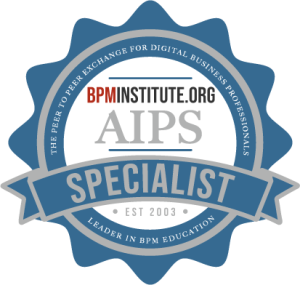Home / Resources
Resources
Discover a Wealth of BPM Knowledge and Expertise at BPMInstitute.org!

Need To Know Series with Ed Hunt: Part 6- How does Business Architecture Assist Organizations from Strategy to Execution?
Business architecture helps across the organization and one of the most important ways is its use of models to convey concepts of the organization.

Need To Know Series with Ed Hunt: Part 5- How does Business Architecture Enable Execution?
Organizations understand and appreciate the need for technical architects. We’re using new tools and we need experts in those technologies. Organizations have deep capabilities in program management.

Need To Know Series with Ed Hunt: Part 4- What is the Connection between Business Architecture and Digital Transformation?
Learn how business architecture allows an organization to understand the operational complexity of the business. Gain a better understanding of how to leverage business architecture, to identify the impact of business processes, data structures and organizational models.

Need To Know Series with Ed Hunt: Part 3- How Does Business Architecture Improve Business Outcomes?
Business architecture doesn’t define strategy but it can often enhance and enable strategy.

Need To Know Series with Ed Hunt: Part 2- Why is Business Architecture Important to IT Delivery?
Today’s businesses are a collection of interdependent complex operations organized to provide value to a customer and each business entity is competing within a larger business ecosystem in which it must offer a unique value proposition in order to remain relevant in the market. It nearly all cases, IT is essential (either directly or indirectly) to enabling consistent, reliable, and efficient delivery of the product or service.

Need To Know Series with Ed Hunt: Part 1- What is Business Architecture?
In this 6 part video interview series, Gregg Rock and Ed Hunt will discuss all things you ‘Need to Know’ about Business Architecture! This series will break down how Business Architecture enables execution, relates to IT, improves business outcomes, is connected to digital business, and assists with strategy.
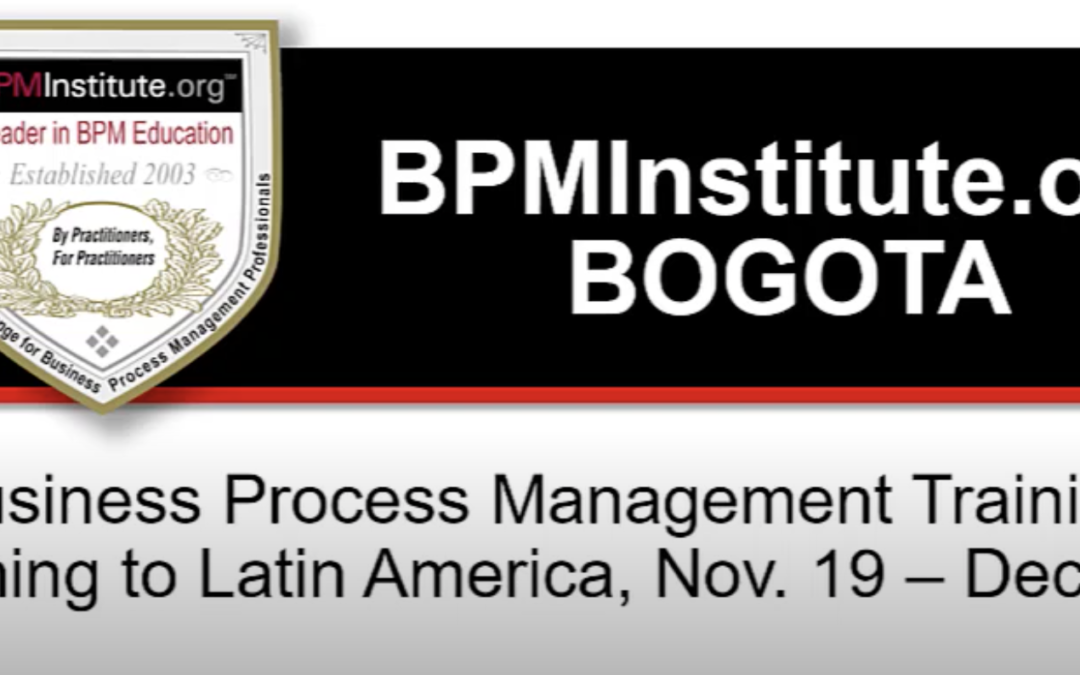
Podcast with Professor Juan David Henao: Part 5- Featured Business Process Management Courses and Certification in Latin America (en espanol)
BPM 101 is the cornerstone course of the BPM curriculum. It has recently been updated to reflect the evolution in new tools and technologies as well as the central role of BPM in digital transformation.
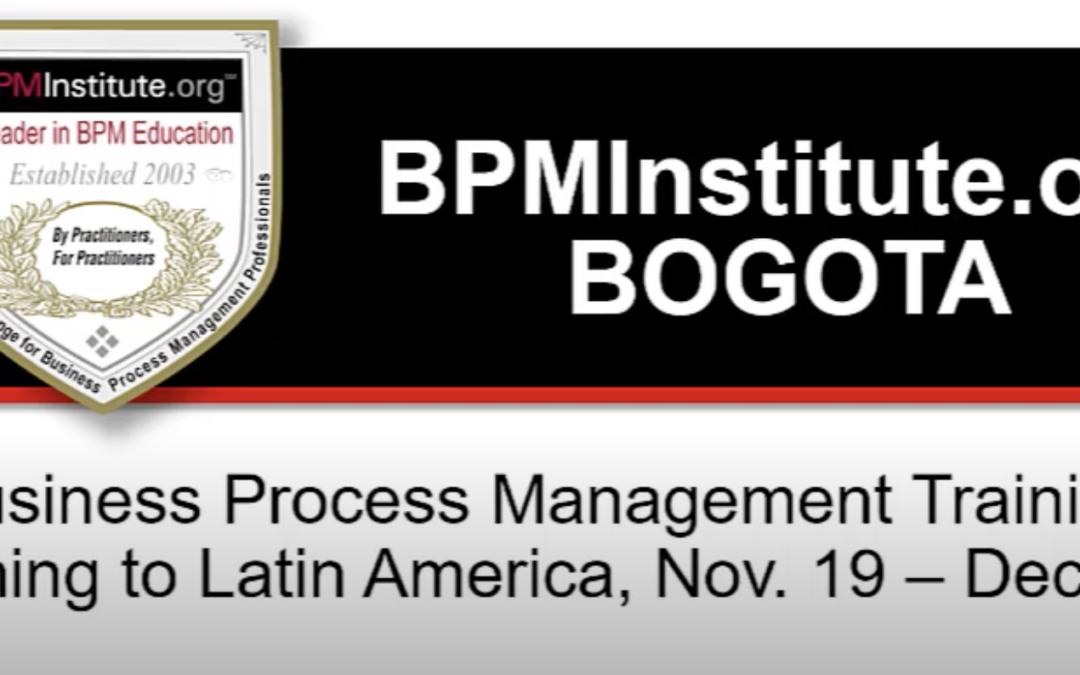
Podcast with Professor Juan David Henao: Part 4- Comparing Business Process Management and Six Sigma (en espanol)
Since BPM leverages the use of information technology in areas such as modeling, workflow, rules management, analytics and simulation, the practice of BPM also varies depending on the source of the enabling IT that is being employed.
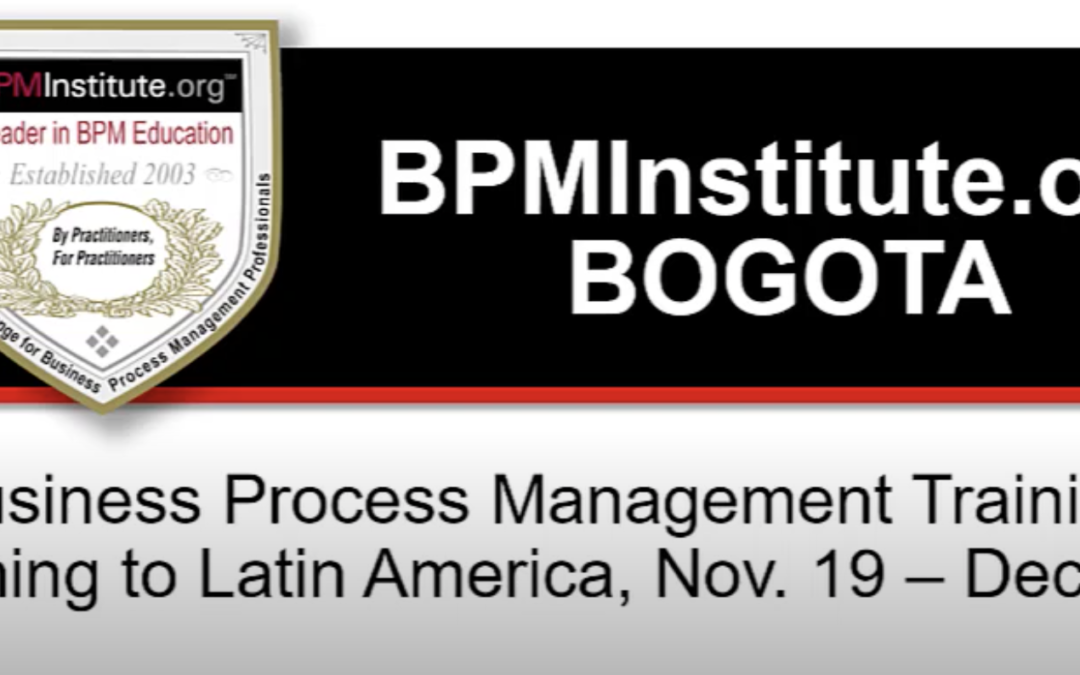
Podcast with Professor Juan David Henao: Part 3- The Business Process Management Methodology vs Other Approaches (en espanol)
Business Process Management is the definition, improvement and management of a firm’s end-to-end business processes in order to achieve three outcomes crucial to a performance-based, customer-driven firm: clarity on strategic direction, alignment of the firm’s resources, and increased discipline in daily operations.
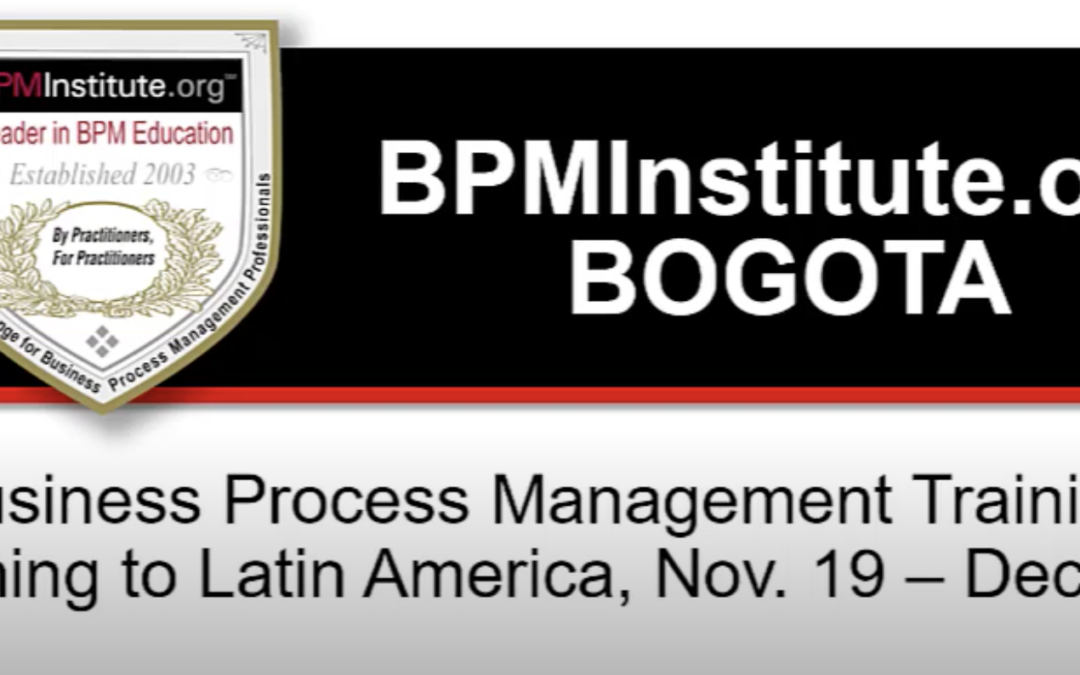
Podcast with Professor Juan David Henao: Part 2- Business Process Management Training in Latin America Nov. 19 – Dec. 18 2021 (en espanol)
Professor Juan David Henao to deliver business process management (BPM) core courses in Spanish

Podcast with Professor Juan David Henao: Part 1- BPMInstitute.org Announces Business Process Management Training for Latin America 2021 (en espanol)
Gregg Rock and Professor Juan David Henao discuss our newest installment of training courses, geared toward Latin America!

Need to Know Series with Setrag Khoshafian: Part 6- Process Professionals Want to Know: Is BPM Dead? No!
The technologies have changed but the need for process optimization digitization automation will never go away.

Need to Know Series with Setrag Khoshafian: Part 5- What Process Professionals Need to Know about Citizen Developers
The new revolution in programming languages is Low Code/No Code, with platforms that provide tangible benefits for Citizen Developers (Business) and IT. Who are Citizen Developers? Everyone. In other words, anyone can become a developer with Low Code/No Code.

Need to Know Series with Setrag Khoshafian: Part 4- What Process Professionals Need to Know about Intelligent Automation
Enterprises need to understand the transformative potential of Intelligent Automation and create a pragmatic roadmap for Automation best practices. Intelligent Automation is a significant milestone in the evolution of Business Process Management. Process Mining can be...

Need to Know Series with Setrag Khoshafian: Part 3- What Process Professionals Need to Know about Process Mining
Process Mining is the new method for data-centric analysis, improvement, and execution of processes. Process Mining helps organizations discover and enhance real (vs. theorized or assumed) processes – with all its variants.

Need to Know Series with Setrag Khoshafian: Part 2- What Process Professionals Need to Know about Low Code / No Code
The new revolution in programming languages is Low Code/No Code, with platforms that provide tangible benefits for Citizen Developers (Business) and IT

Need to Know Series with Setrag Khoshafian: Part 1- What Process Professionals Need to Know about Digital Transformation
In this 6 part video series, Gregg Rock discusses all things “Digital Transformation” with Dr. Setrag Khoshafian. Digital Transformation has many facets – from cultural transformation to deployment of various emerging digital technologies

How Does Business Architecture Assist Organizations from Strategy to Execution?
Gregg Rock interviews Ed Hunt in November 2021.
GR: How does business architecture assist organizations from strategy to execution?
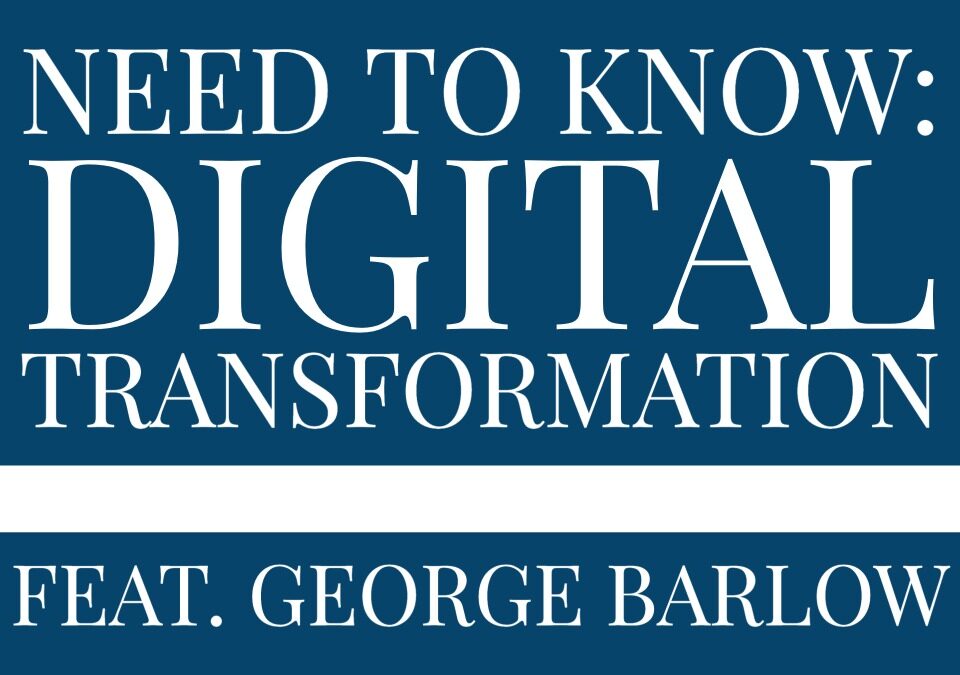
What is the Current State of Process Automation?
Gregg Rock interviews George Barlow. We are especially excited to let folks know that George is going to be presenting two of our newest courses that are part of the Digital Transformation Specialist series in our Summer Session 1 Training Event. GR: Alright George,...

How Does Business Architecture Enable Execution?
Gregg Rock interviews Ed Hunt in November 2021.
GR: ED, you brought up a great topic the other day when we were speaking and I thought we’d circle back to share that information with our community. We were talking about the essential elements to enable execution, and you described it as three legs of a stool—can you explain that concept to our members?
EH: If you look at what it what it takes to execute a complex digital transformation, organizations understand and appreciate the need for technical architects. We’re using new tools, and we need experts in those technologies—that’s been the case for 40+ years now. And, organizations have deep capability in program management—they understand that resources have to be managed, schedules have to be aligned, risks have to be managed—but in too many organizations, the focus on business architecture is the gap, which is the third leg of the stool.










